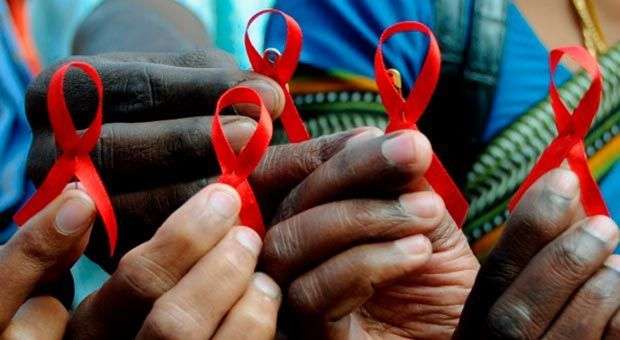Near the end of this year the authorities recognize that this 2013 there will be a slight increase in cases of HIV infection in Cuba, which ranks 18 among the world lowest level of transmission, and only 0.19 % prevalence of cases of carriers of the virus.
During the mid 80s of last century, in Cuba was detected in the first case of a patient with the human immunodeficiency virus (HIV). Earlier, a group of American scientists had made known the new infectious disease spread very rapidly across continents .
Since then, worldwide, the number of people affected increased, especially among adolescents. Between 2005 and 2012, for example, the number of infected between 10 and 19 years doubled. The number of deaths rose from 38,000 in 2001 to 107,000 a decade later.
The routes of infection were, first, by unprotected sex, especially among men, and drug users who contracted the virus through contaminated syringes. Among the groups most at risk, they also are victims of sexual exploitation.
99% of HIV-positive was infected by unprotected sex. “We diagnose still people who did not have any information nor had partial or even erroneous knowledge about ways to protect themselves, or even having enough information did not feel at risk for HIV,” Mary Lantero, head of the Department of Sexually Transmitted Infections Sexual Ministry of Public Health said.
However, television advertising, posters in doctors’ offices and pharmacies, are insufficient or don’t achieve take the message to society.
-I do not look at those things; Rony says with that nonchalance of one who doesn’t believe he is a huge risk. His testimony illustrates benefits and blots of the national program to serve those with the virus
-They summoned me to the Pedro Kouri (Tropical Medicine Institute, IPK), because a boy had me on his list. He means that when a person infected is detected they make a kind of sexual forest and of all they had intimate relations with the HIV positive are subjected to clinical research.
When the first patient was discovered in 1985, all those who had been in countries where there was HIV were given tests to see if they were carriers and if so they interned in a sanatorium specially adapted to the case. The measure was criticized abroad by considering a limiting of free will, but the Cuban health authorities took cautions similar to those designed for any kind of infectious and contagious disease and curb the spread of a disease then little known.
Many were rejected at workplaces and even in their families. That’s why and if the insulation is questioned, they were protected with a high level of care, including after the arrival of the strong economic crisis. For years this policy was relaxed, so they are only admitted when the carrier is the victim of an opportunistic disease or evolution of the disease itself.
Patients underwent treatment known then and at the same time they began research to find a cure (vaccine, even in research phase) or improvement. Along the way, the doctors were specializing to change the approach to these patients. That training was reflected in the National Programme for Prevention and Control of HIV / AIDS.
It was necessary, too, to enact new provisions to prevent discrimination and employment rejection, because having the disease alone does not preclude the practice of almost all professions and trades. It competes only to specialists, not the government, according to the law – whether the person’s condition prevents him from performing in a particular activity .
Cuba has had about 17 000 people diagnosed with HIV since the first case, of which over 14 000 are still alive. According to 2012 figures 85 percent were between 15 and 49 years old. They will be provided free antiretroviral (75% of which are domestically produced) and receive a special diet to increase the level of feeding.
-I get two bags of milk every month (2 Kg), 30 eggs, 4 pounds of fish, meats and canned meat, Rony tells me, who once detected as carrier received, along with others, a workshop with instructions on discipline enabling quality of life and seeks to prevent the virus from spreading. He is subjected to periodic review as to the remaining infected.
Dr. Jorge Pérez Ávila, director of the IPK and expert on the subject, recently provided basic data, ensuring that the strategy was successful for Cuba at various stages and it shows that the epidemic is under control on the island, where proportion of patients with respect to the total of the sexually active population, is among the lowest in the world (0.05%).
“The group that we are drawing attention is the group between 24 and 39, although there is a slight increase as in other countries also infection in people over 50.”
Men who have sex with men are the most affected in Cuba. Last May Hector Diaz of AIDS Research Laboratory has said that decreased the number of individuals later diagnosed by the system.
Nevertheless, the medical authorities have warned that there are two latent threats: survival rates of those infected due to the care they receive increases the contingency to extend the condition. Moreover, international reports related to increased resistance to retroviral suggest that the positive data may cease.
Experts recommend a higher quality and increased propaganda about on whatever provides clear perception of risks, breaking myths about the use of existing security barriers.










